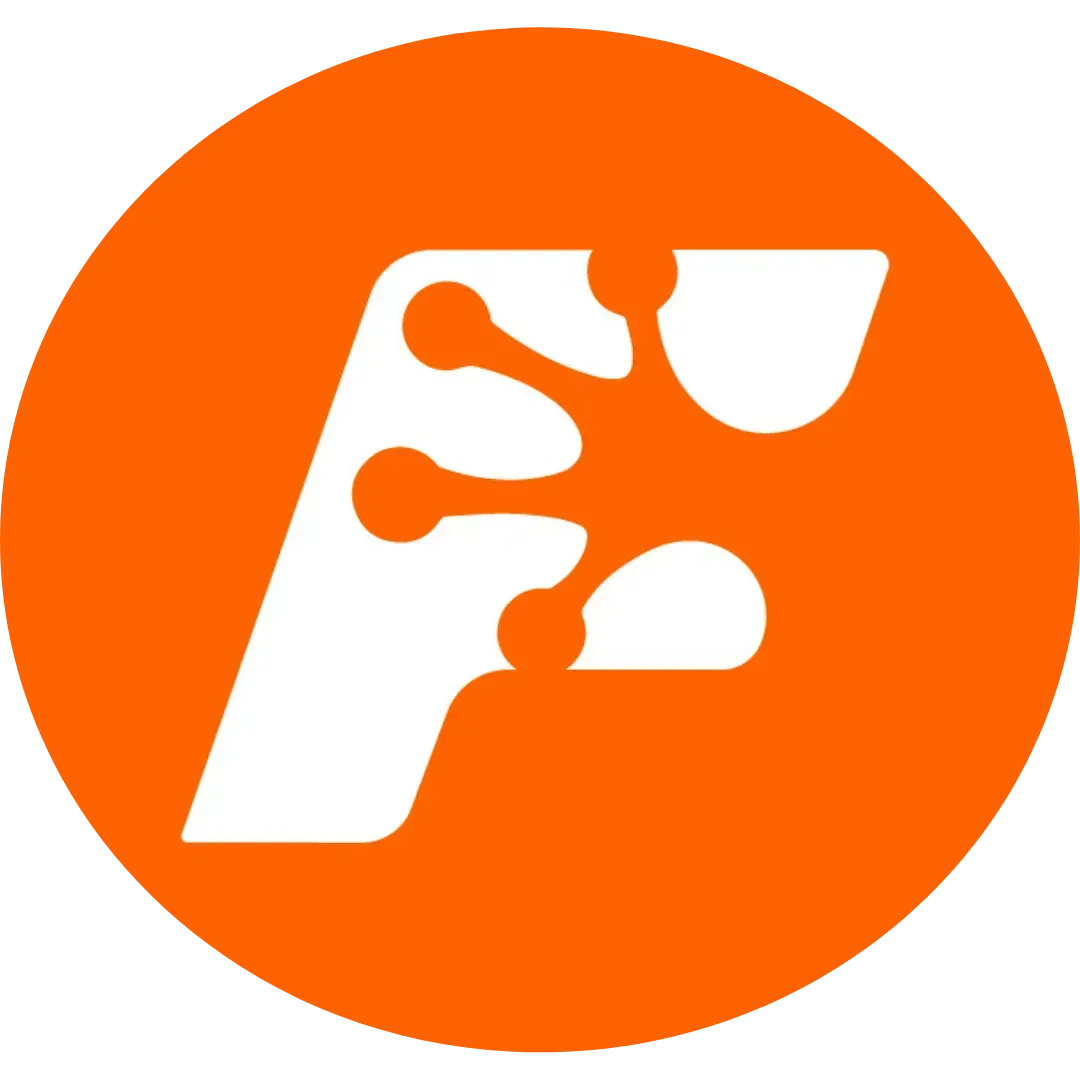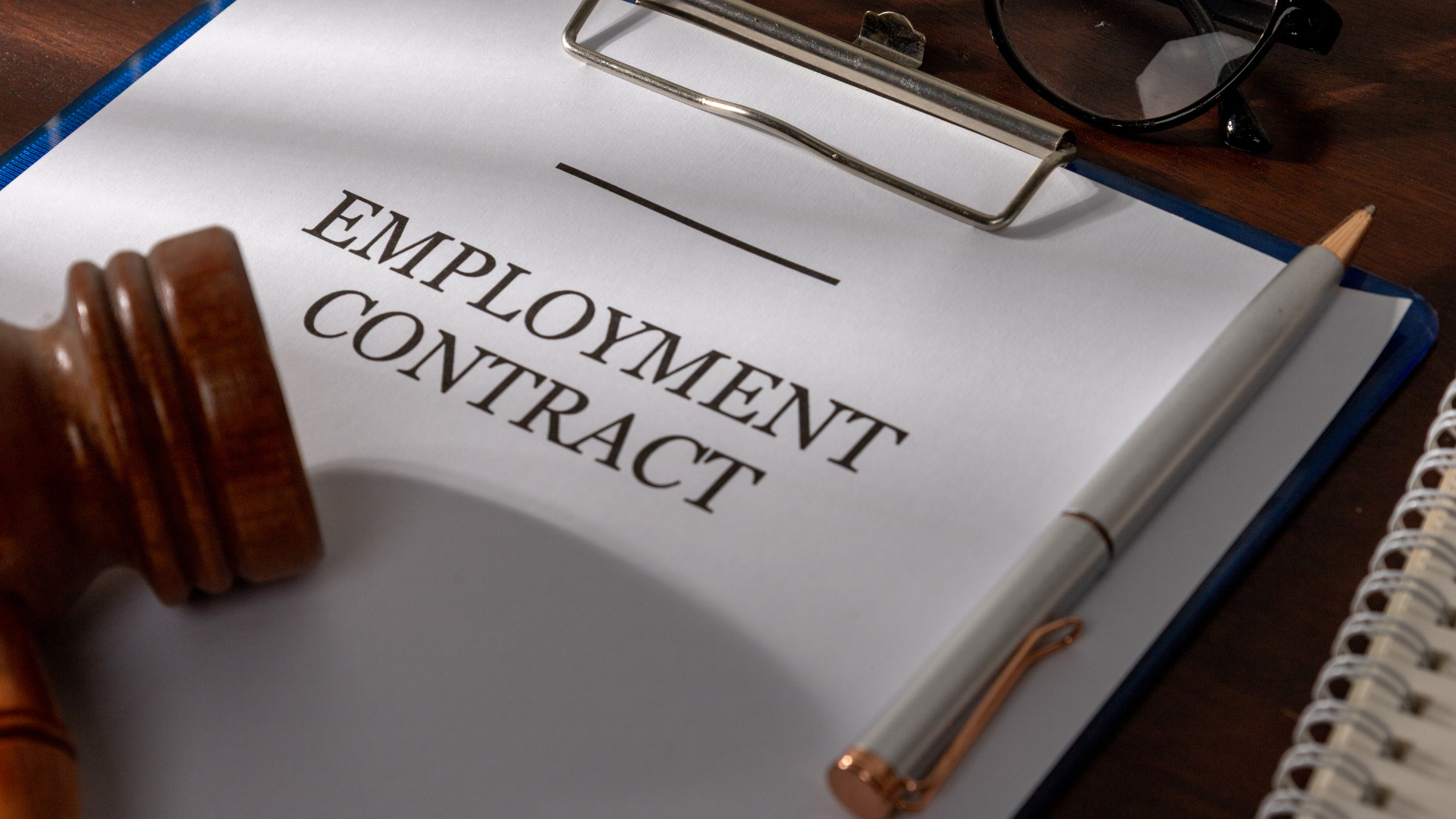HR 2024 Roundtable: How to Build Psychological Safety in the Workplace
Chloe Bowditch • April 8, 2024

Recently, people2people Sydney hosted its first HR roundtable for 2024 and delivered a masterclass on a topic that is currently top of mind for HR leaders in the workforce: Psychological safety and minimizing psychosocial risk in the workplace. With 10 HR leaders in attendance from a range of industry sectors, the breakfast event was led by Culture and Leadership Strategist, Karlie Webster at our George Street office, and was tailored to senior HR professionals with varying levels of knowledge across psychological safety and psychosocial risk.
Firstly, let’s understand what psychological safety looks like within the workplace
There is often a common misconception around this topic that leads managers to believe that psychological safety simply means employees “being nice to one other”, and this is incorrect.
Put simply, a psychologically safe workplace allows all employees to feel comfortable talking about what they are experiencing in their role and at work, without the possibility of it having an impact on their job security. It also gives permission for employees to feel comfortable being completely themselves in all professional situations, and voicing when something doesn’t feel like its working for them.
What is psychosocial risk and how is it associated with psychological safety?
Psychosocial risk, or psychosocial hazard, is any occupational hazard this has an impact on an employee’s mental or psychological wellbeing. This could include stress, anxiety, feeling burnt out or any other experience that could be impacting an employee’s engagement or productivity. When there is a lack of focus around psychological safety in the workplace, and most importantly, from leadership, the possibility of these issues being present becomes much more likely, and therefore puts an organisation at much greater risk for psychosocial complaints and claims to be raised with Human Resources.
Let’s discuss how to recognise the signs of a psychologically unsafe team -
One of the quickest ways to recognize where your team currently sits within this area, is to simply spend some time observing the everyday behaviours of your employees -
Psychological unsafe behaviours look like:
· Ask questions from a place of fear or judgement
· Exhibiting erratic and unpredictable actions
· Holding a narrow focus when discussing an issue
· Coming to leaders with problems and very little solutions
· Getting defensive when being provided with feedback
Psychologically safe behaviours look like:
· Asking questions from a place of genuine curiosity
· Calm and focussed actions
· Can access new ideas easily during team brainstorm sessions
· Coming to leaders with solutions when experiencing a problem
· Open to feedback and learning
Actions leaders can take to build psychological safety and minimize psychosocial risk -
As with any change or new strategy being implemented, they must begin at leadership level, and then be trickled down to middle-management, and then the wider team from there. A company's culture can tell us a lot about the behaviour of leaders and their effectiveness in creating psychological safety. Below are five practical actions that leaders can use to build psychological safety in the workplace:
1. Communicate effectively. Ensure people can freely give and receive feedback, not just with you but across the team. Encourage active listening to understand the facts, as well as thoughts, feelings and values.
2. Role model curiosity by asking curious questions and demonstrating the behaviour that you want to see from the team.
3. Frame problems and mistakes as opportunities to learn, and coach people to solve problems themselves.
4. As the leader, acknowledge that you're not perfect. Invite others to ask you curious questions and spot the things you might have missed.
5. Encourage respectful and constructive debate. Not all conflict is bad. Support the team to work together and resolve conflict productively.
Grow your career and team
Get in touch with Frog Recruitment
Auckland I
Wellington
In business since 2002 in New Zealand, Frog Recruitment is an award-winning recruitment agency with people at our heart. Located across Auckland and Wellington, we specialise in accounting and finance, business support, education, executive, government, HR, legal, marketing and digital, property, sales, supply chain, and technology sectors. As the proud recipients of the 2024 RCSA Excellence in Candidate Care Award, we are dedicated to helping businesses achieve success through a people-first approach.







